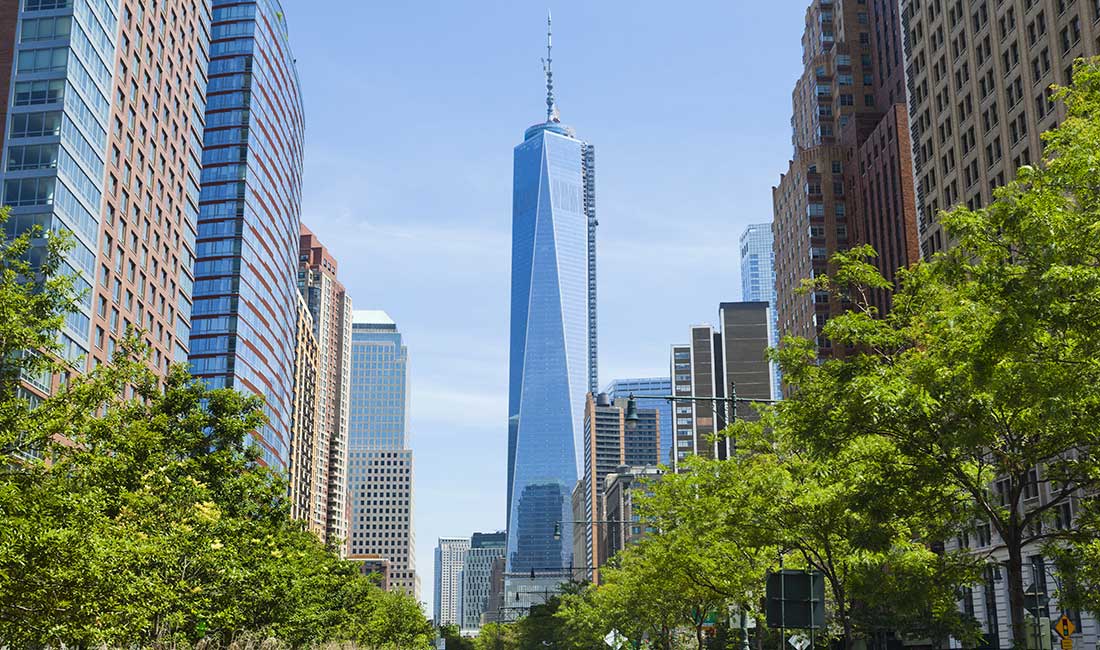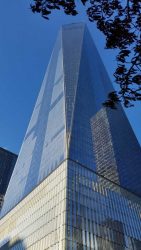After years of Port Authority of New York and New Jersey (“PANYNJ”) investments in the redevelopment of approximately 10 million square feet of office and retail space at the World Trade Center (“WTC”) site and with years of investment still planned, some in the general public were beginning to ask whether these up-front public investments were “worth it” from a purely financial perspective. To address this, the Rudin Center sought an analysis that would measure the success of the financial investment in one of the largest public/private partnerships in recent history.
- As part of a team supporting the Rudin Center for Transportation of NYU, RESGroup analyzed the PANYNJ’s potential return on its $16.76 billion investment in the redevelopment of the WTC. The findings estimated that the PANYNJ will recoup between 97.4 and 98.6 percent of its spending on the site. Sources of revenue included insurance proceeds, post 9/11 federal funding, revenues from the One World Trade , ground lease payments from Silverstein Properties, payments by Westfield for retail rights, and income from the potential sale of the 5 World Trade Center site.
- The analysis also considered the economic impact and ancillary impact the redevelopment has had. Between 2002 and 2020 (the target date for completion of 2 World Trade Center), spending on redevelopment of the World Trade Center will have directly supported more than 88,300 person-years of work in construction and related industries, with wages and salaries totaling $11.9 billion (in 2015 dollars).
- When the World Trade Center is fully built out and occupied, it is estimated that more than 51,100 people (on an FTE basis) will be employed at the World Trade Center, with more than $7.3 billion in salaries and wages.



